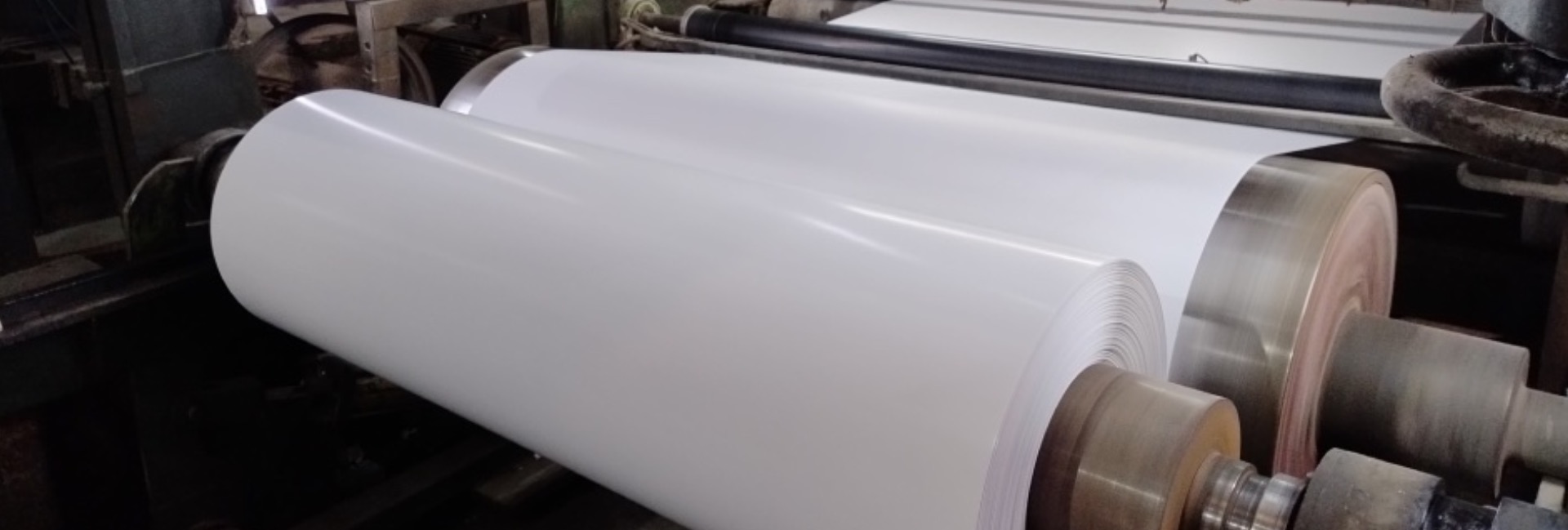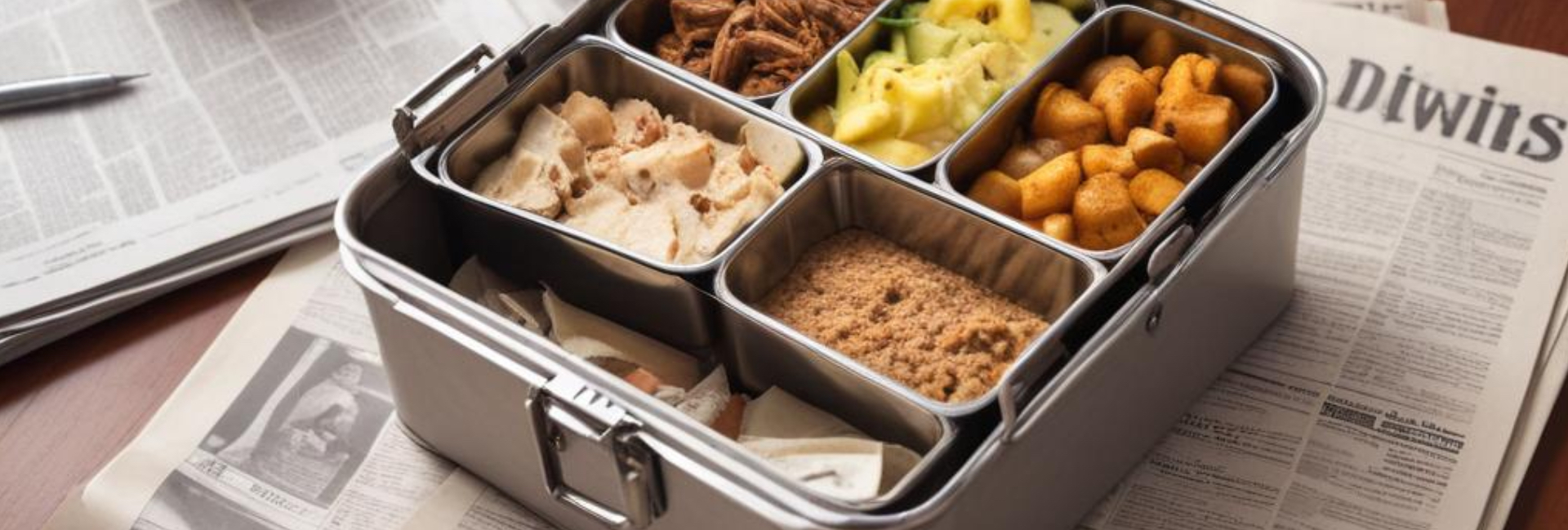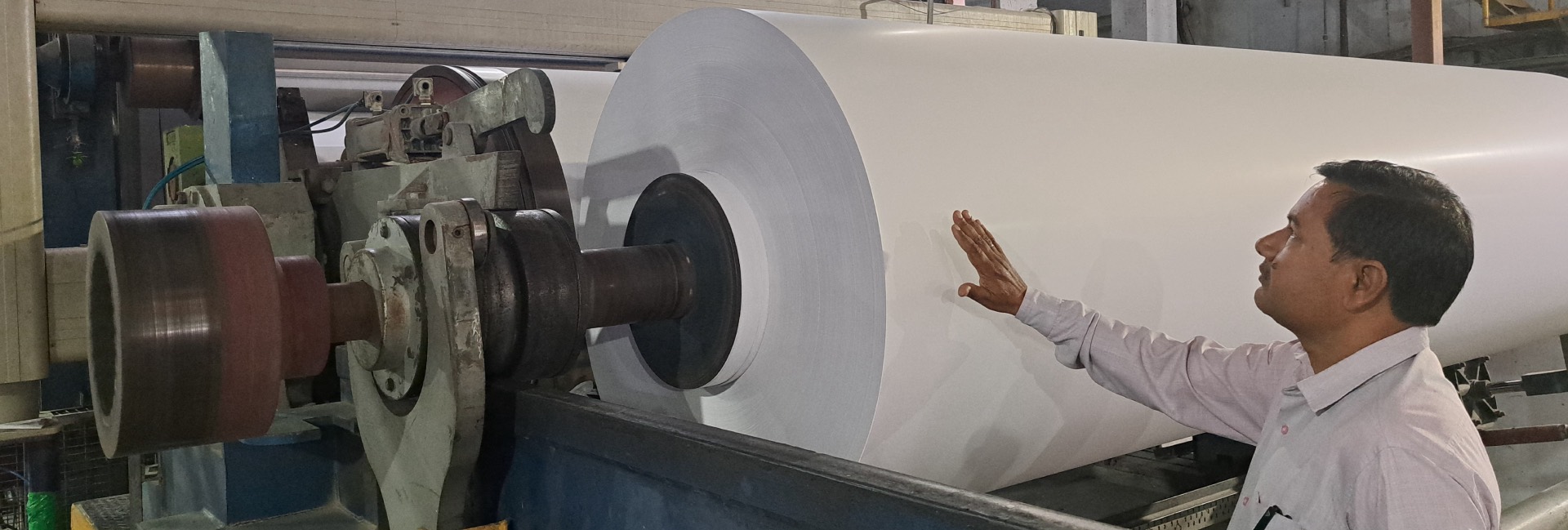Very long back, a coating plant was installed in paper mill. The paper was coated with china clay, starch and other binders, and finally supercalendared to impart good gloss in paper. The supercalendar consists of various rolls one above another, alternatively made of chilled cast iron and cotton.
After a couple of days, a cotton roll showed indication of burning. The roll was seemingly ok from outside, but there was a burning smell. The paper produced also showed signs of thickness variation. As obvious, the roll was sent for grinding at a nearby workshop.
Soon, it became a practice. Every few days, a roll was getting damaged. The roll could be grinded 2-3 times, and after which it had to be sent to supplier for recoating- a costly affair.
I recall, in despair, I called the roll supplier, narrating the case. His reply was- “Sir, it is your new coating plant, first experience of supercalendar; you need to bear this for some time.” Feeling slightly assured, I asked further, “So, what would happen afterwards? Will the operating parameters be optimized, or the operators would get more familiar with the machine?” But this time, his reply was unexpected- “No. After some time, you’d become used to for this.”
This was really shocking information.
Was he diplomatically trying to say that this is the way how supercalendar rolls work? This statement indicated that we need to focus more and identify the causes and remedial actions to ensure better life of rolls. After all, every time you change a roll, you are forced to alter some machine operating conditions unwillingly, unintentionally and often unknowingly.
Next day, a meeting with the all concerned was called. A one and a half hour brainstorming could not give any clue. The issue was also discussed with some other industry experts, but no clear idea was readily available.
Under such circumstances, we decided to focus more on cover material characteristics- Cotton. The detailed study about its physical, chemical, microscopic and hydroscopic nature of cotton fibers gave some clues, and we decided to implement that into our plant.
Initial trials were successful. This led us to improve further and the problem (almost) vanished in some time. Later the issue and solution was discussed with the new roll supplier. A little unexpected, (after all, his business was going to be reduced after our approach!) but he too took it positively, and started making some further improvements in material (cotton blended with some specialty fibers), manufacturing (loading and compacting operations, shaft modifications etc.).
Today, compared to earlier times, we are operating that supercalendar at nearly 2.5 times the speed, nearly 1.5 times the nip load, and still getting roll life to the tune of 2-3 times compared to earlier.
Please do keep in mind, “Improvements are possible ONLY if you are not satisfied with the existing, and want to improve things.” Trust me- “Your team, your suppliers, your customers and all concerned support you, if you sincerely want to do -and make efforts- for something good, something positive for industry.”
Explore.





